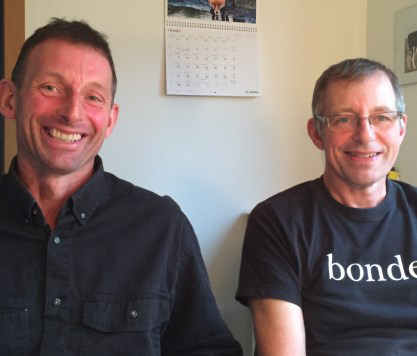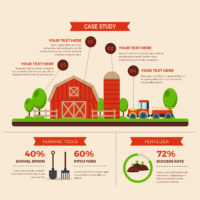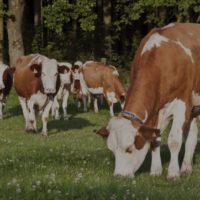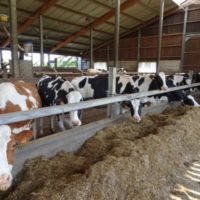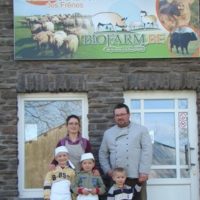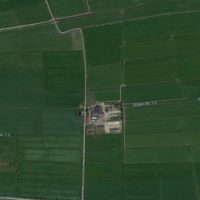Description
Optimising feeding using a protocol and plastic markers in tower silos
A strong interest in producing good silage is a driving force on this farm. Thomas, Bernt and Christer know exactly where in their silos different qualities of silage are situated and can thus optimise usage. A protocol describes the number of loads in the silo and their composition based on forage analysis.
During harvesting, a plastic marker is placed in the silo with every fifth load. This marker is a piece of plastic, with a different colour for each of three silos, marked with large holes for 50 and small holes for five. These indicate the number of the load when the marker appears during feeding out to the cows.
Monitoring the silage gives information on consumption rates. The amount of silage in a tower silo is not easy to estimate, as compaction makes the density much larger at the bottom than the top. The advantage is knowing the quality of the silage fed and whether it will last through the year. The farm’s ley strategy is silage with 11.5–12 MJ, 160 g of crude protein and 470–480 g of NDF per kg DM. This is achieved in three steps. 1) Make the first cut on time (if too early use more maize). 2) Make the second cut 4 weeks later, the third 4–4.5 weeks later and the fourth after 6–7 weeks. 3) Use a known seed mixture.
Reason for the innovation
Keeping everything in order optimises production
The plastic markers and the protocol have been in use since the 1970s. The original aim was to keep track of loads delivered by a contractor. Tall fescue leys are variable, making this system even more important. Forage quality has to match performance in milk production. There is also need for economic value of silage to optimise feeding.
Farm description
Environment
- Soil types: Sandy soils to loam.
- Climate: Temperate continental climate
- Altitude: 30 m a.s.l.
- Slope: 0 %
- The farm is situated in Halland, south-west Sweden.
Grassland management
- Grazing: Yes.
- Temporary grassland based on red clover, white clover, perennial ryegrass, timothy and tall fescue.
- Four cuts a year. Storage in tower silos.
Structure
- Annual Work Unit: 7 . The three brothers work in partnership.
- 250 ha arable land area, of which
- 60 ha temporary grassland area
- 15 ha semi-natural grassland area
- Winter wheat, faba beans, silage maize, oats with undersown ley and barley are grown.
Animal performance
- 100 dairy cows (Swedish Red and Holstein), producing 12,800 kg milk per year.
- There are also 50 ewes and 140 sows on the farm.
Why it is working
Tower silos require better planning than other silo systems. This farm has three towers and can e.g. fill one with maize, but this is not always possible. A farm with fewer towers can benefit even more from monitoring the content of its silos.
Discipline at harvest is crucial. The protocol on loads is an important document! It needs to be filled in continuously. It is impressive that the Bengtsson brothers manage to find all the plastic markers, although the system provides many chances. A marker for every fifth load gives 50 markers in one silo.
Interest in optimising usage of silage is the basis of success. Bernt continuously calculates feed ratios, based on many forage analyses.
